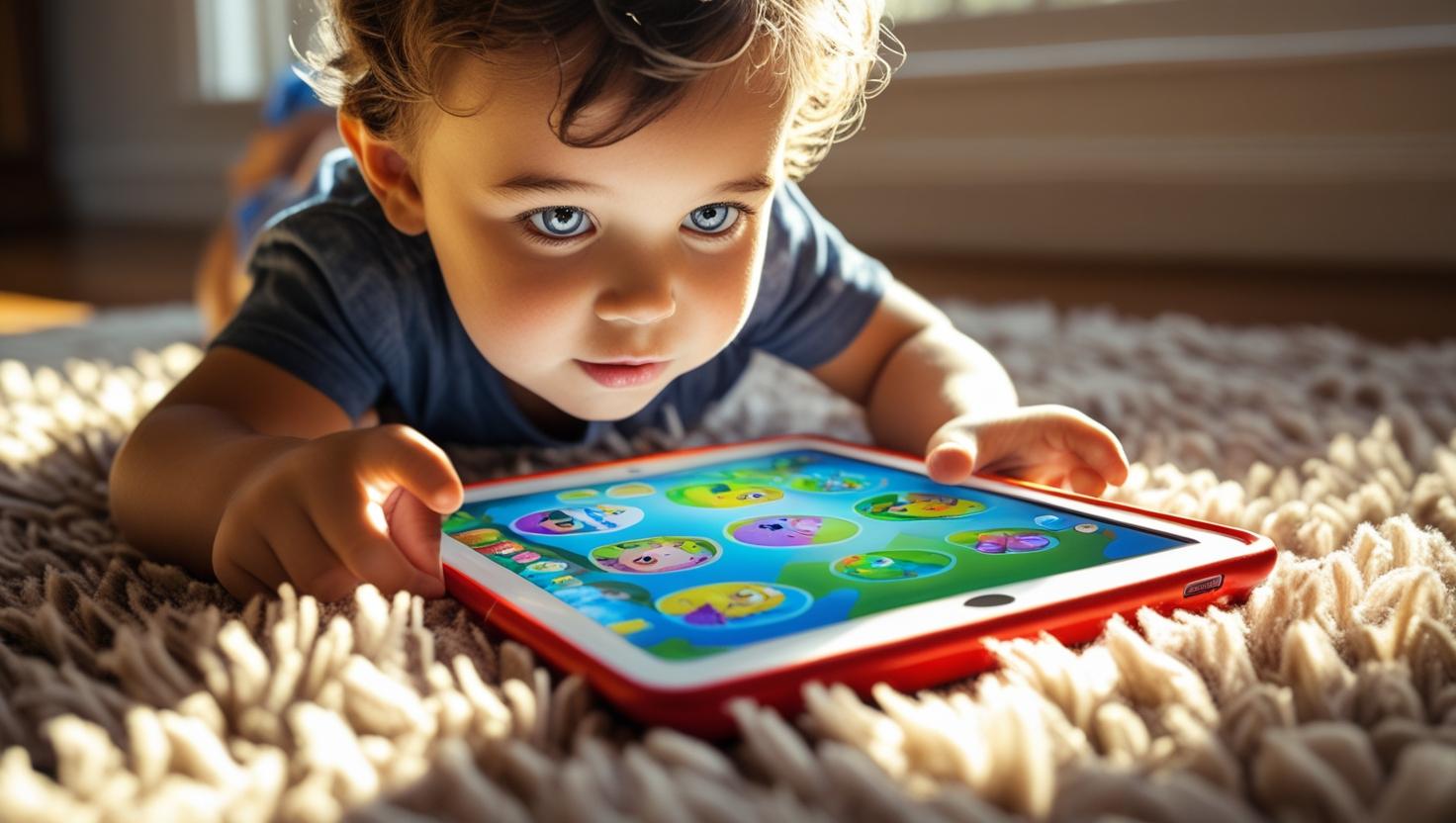In today's digital world, screens are everywhere. From smartphones and tablets to televisions and computers, technology is an integral part of our lives. For parents of young children, this presents a unique and often overwhelming challenge: how much screen time is too much? The goal isn't to eliminate screens entirely, but to create a healthy, balanced approach that supports your child's development rather than hindering it.
It's About Quality, Not Just Quantity
The first step is to shift your mindset from a simple time limit to focusing on the *quality* of the content. There's a big difference between passively watching cartoons and actively engaging with an educational app or video calling grandparents. At Kidzee, we believe technology can be a powerful tool when used purposefully, such as through our **Kidzee App** which facilitates parent-teacher communication.
5 Actionable Tips for Healthy Screen Habits
1. Create "Screen-Free" Zones and Times
Designate certain areas of your home (like the dining table and bedrooms) and certain times of day (like mealtimes and the hour before bed) as completely screen-free. This ensures that face-to-face family interaction remains a priority and helps establish healthy sleep patterns.
2. Co-Watch and Co-Engage
Whenever possible, watch shows or play games *with* your child. Talk about what you're seeing. Ask questions like, "Why do you think that character did that?" or "What color is that object?". This turns passive viewing into an active, shared learning experience and strengthens your bond.
3. Prioritize Hands-On, Active Play
A child's primary mode of learning and development is through physical play. Ensure that for every bit of screen time, there is ample time dedicated to running, jumping, building, and creating. As we discussed in our article on the importance of play, these activities are essential for developing motor skills, social skills, and creativity.
4. Be a Digital Role Model
Children learn by watching you. If you are constantly scrolling through your phone during conversations or meals, they will learn that this is normal behaviour. Try to be mindful of your own screen habits to set a positive example for your little one.
5. Choose Age-Appropriate, Educational Content
Not all screen time is created equal. Look for apps and shows that are interactive, encourage problem-solving, and have a clear educational goal. Resources like Common Sense Media can help you find age-appropriate content that you can feel good about.
The Kidzee Kharadi Approach to a Balanced Day
At our preschool, we provide a rich, stimulating environment filled with hands-on activities, social interaction, and creative expression. Our various programs are designed to keep children so engaged and active that screen time isn't missed. We provide the crucial real-world experiences that form the foundation for a healthy, balanced life in a digital age.

